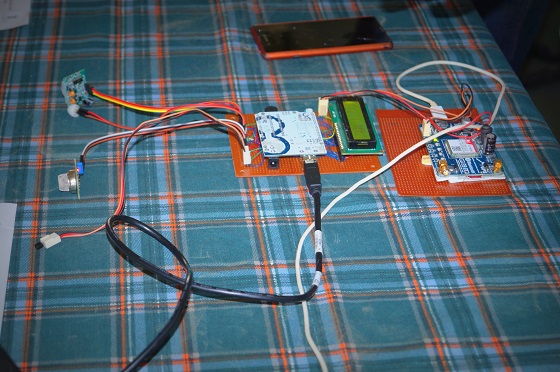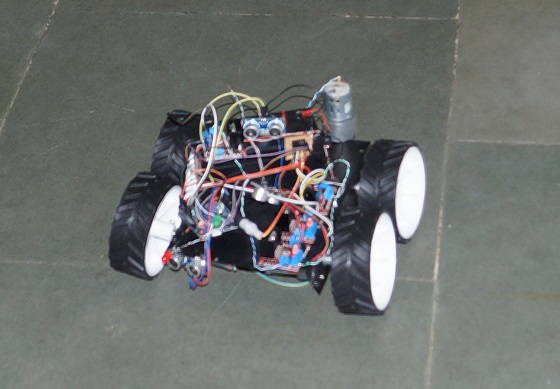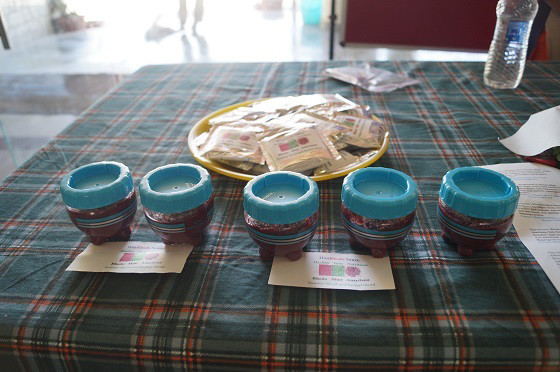GSM based SMS alert system: Light, Fire, Gas and Intruder Detector(Hackathon-2018 1st prize winning project)
Developers: Prateek Kumar Sonker (M.Tech-VLSI )Yashika Arora (Phd Scholar)Bodhayan Nandi (M.Tech-VLSI )Yamini(Msc-Chemistry)
Faculty Advisor: Dr. Shubajith Roy Choudhury
Abstract: The device is built to detect presence of any human intruder or any risk of fire in the room; where it is installed. In case of any human intruder entering the room, or gas leakage, or excessive ambient light, or the temperature of the room goes beyond a certain high value (i.e. >60 degree C). The device sends an appropriate SMS on the user's phone, hence, the user gets real-time notification of occurrences of such risky conditions.
Following are the capabilities of the device:
->The device uses a Passive Infrared Sensor to detect presence of human intruders.
->The device uses a Temperature Sensors and constantly monitors the ambient temperature.
->The device uses light sensor to monitor ambient light inside room.
->The device uses Gas Sensor that can specifically sense the leakage of LPG gas.
->The device has GSM connectivity to send SMS.




